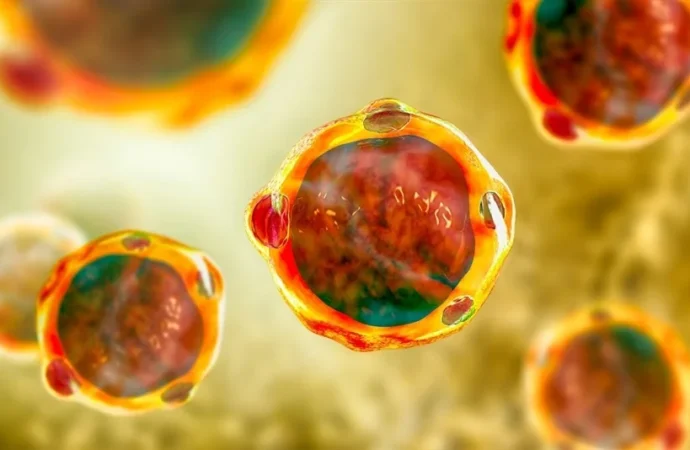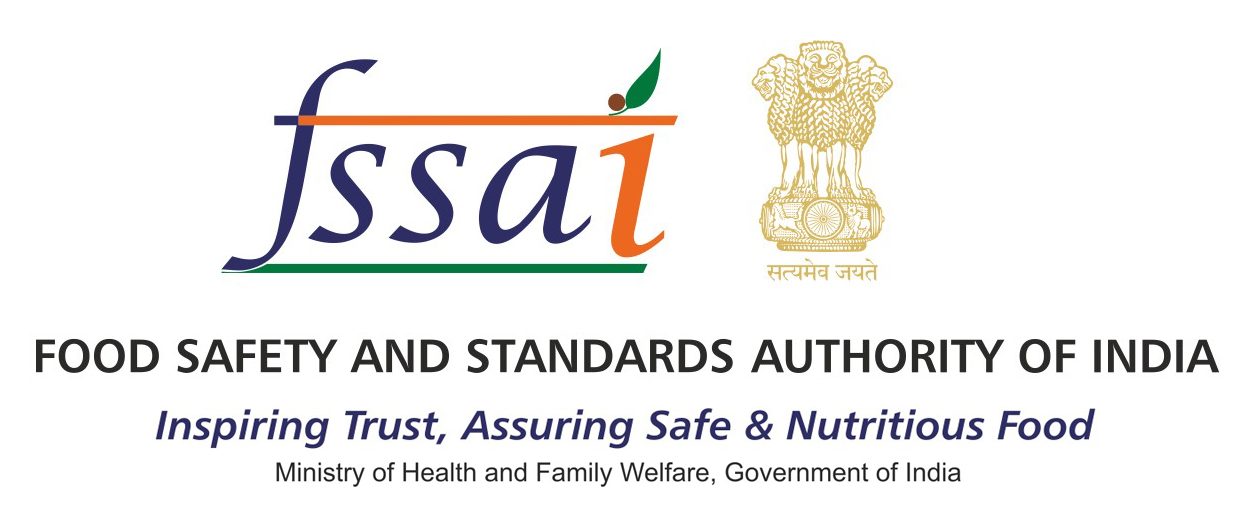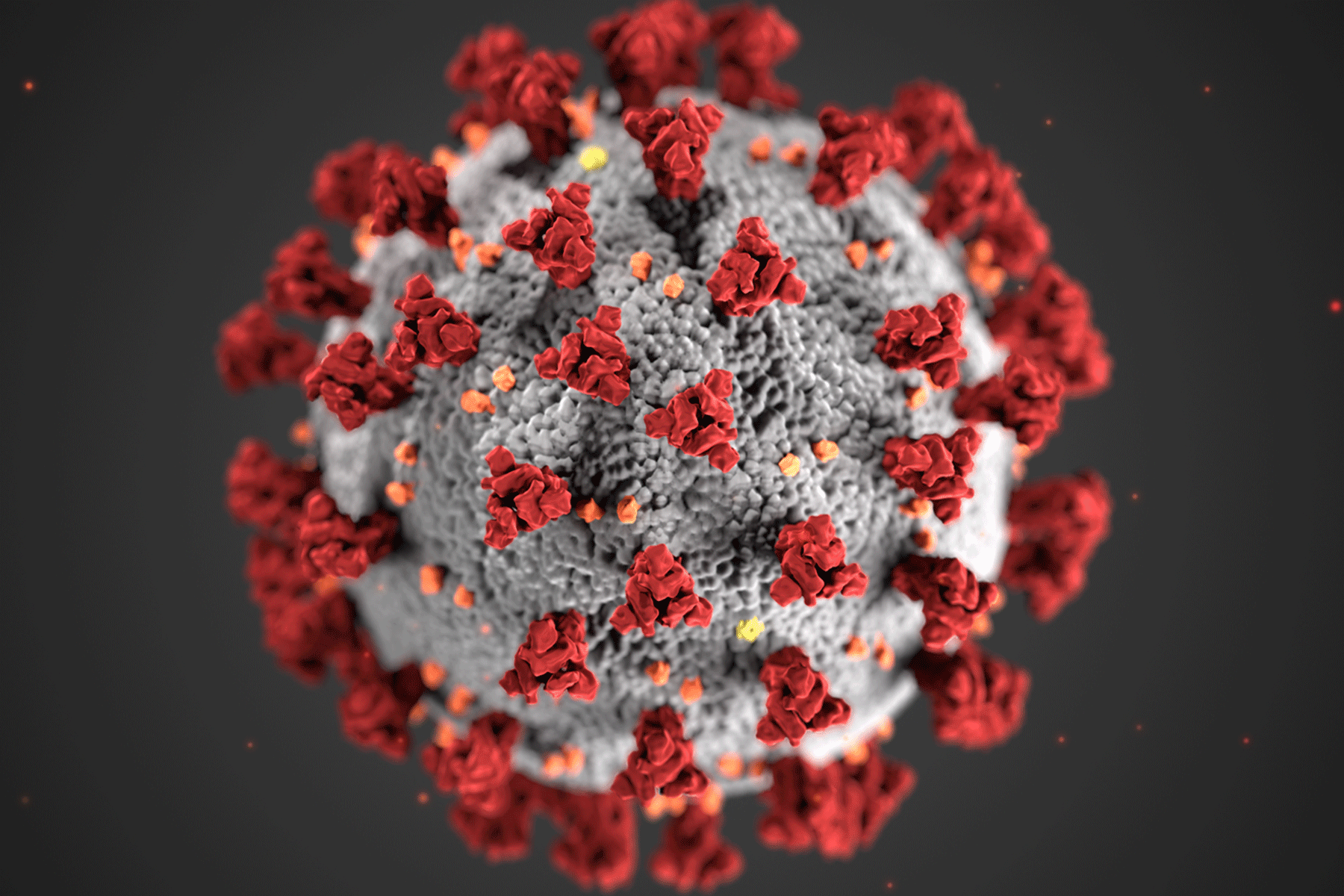Report
A recent study in the journal Food and Waterborne Parasitology revealed that Blastocystis spp. contaminates edible plants worldwide. Researchers analyzed data to understand how this microorganism spreads through contaminated food and water worldwide.
Key Findings: High Contamination in Fruits and Leafy Greens
The study, which analyzed 27 studies across 15 countries, found that 9.4% of edible plants worldwide harboured Blastocystis spp. Fruits had the highest contamination rate at 12.5%, followed by leafy green vegetables at 9.3%. Regions with the highest contamination levels included South America (26.5%) and Southeast Asia (34.7%), indicating significant food safety concerns. The presence of ST1 and ST3 subtypes in edible plants suggests that infections can pass between humans and animals.
Contamination Sources: Farms, Water, and Street Markets
The research identified key factors contributing to contamination, including the use of untreated irrigation water and raw manure as fertilizer. Street markets emerged as high-risk zones, with produce from informal vendors showing contamination rates three times higher than supermarket items due to poor storage and handling practices.
Food Safety Concerns and Consumer Precautions
The study also assessed the effectiveness of common food-washing methods. Researchers noted that rinsing produce under tap water reduces but does not eliminate parasites, recommending alternative disinfection methods like vinegar solutions for high-risk foods. Consumers are advised to thoroughly wash fruits and vegetables, purchase produce from trusted sources, and maintain proper hygiene when handling raw food to reduce potential infection risks.
Call for Stronger Food Safety Measures
The findings emphasize the need for improved hygiene measures in food production and stricter regulatory oversight. The Food and Agriculture Organization (FAO) and World Health Organization (WHO) have long highlighted the risks of foodborne parasites, and this study adds urgency to the call for better food safety policies worldwide. While more research is required to assess the economic impact of Blastocystis spp. contamination, the study serves as a crucial reminder that food safety starts at the farm and continues to the consumer’s plate.
Blastocystis spp.: A Common Gut Parasite
Blastocystis spp. is a tiny parasite that lives in the intestines of humans and animals. It spreads through contaminated food or water. Some people with Blastocystis may have stomach problems like diarrhoea, bloating, or pain, while others feel completely fine. Doctors use tests like microscopes and PCR to detect it. Experts are still unsure if it always causes disease, as it is often found along with other gut microbes.
Source: News Medical
 Food Manifest
Food Manifest 















